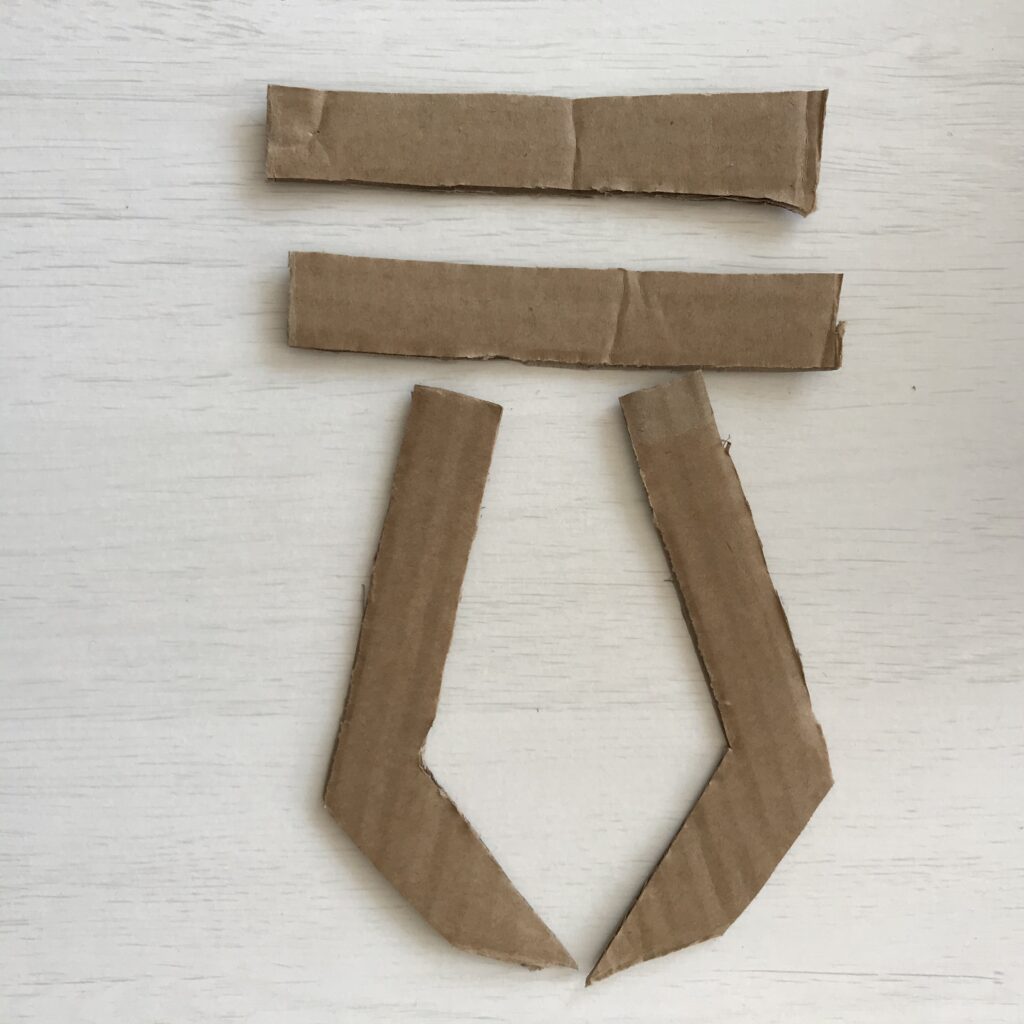
Robotic Arm
You will need
How to do it
- Cut out two identical rectangular strips of 10cm length out of cardboard. Then cut out two identical cardboard ‘grabber’ arms.
- Use a sharp pencil to pierce a small hole in either end of each cardboard strip.
- Attach the two rectangular strips together at one end using a split pin. Join the opposite ends to the grabber arms, positioning the grabber hands pointing outwards.
- Pull the two grabber arms together so they overlap and join them together with a split pin. Your grabber hands should now be pointing inwards towards each other.
- Cut a longer strip of cardboard to act as a handle. Pierce a hole in one end and attach it to the split pin used to overlap the grabber arms.
- Attach an elastic band between the two spilt pins at either end of the arm.
- Tie a short piece of string to the bottom of the elastic band. Hold the handle and gently pull the string back and forth to open and close the arm. Can you pick up a small object with it?
What are we learning
Robotic arms are a classic use of robotic technology, and can be found on factory production lines, controlled by computers. They have a variety of uses. They can do jobs that are very repetitive for humans such as screwing the lids on jars on a production line in a factory. They can do jobs that are difficult for humans such as putting small parts (such as bolts) onto a car in precisely the right place. They can also do jobs that are dangerous for humans such as moving hazardous materials. Sometimes robotic arms are found on a much larger robot, other times they are a standalone arm. Increasingly, roboticists consider using innovative soft materials (‘soft robotics’) for grippers at the end of the arms. Such ‘smart’ materials include shape-memory polymers (SMPs) that can temporarily deform and then return to their original shape.
Investigate
The Curiosity Rover on the planet Mars uses a robotic arm. Find out more about this.
















